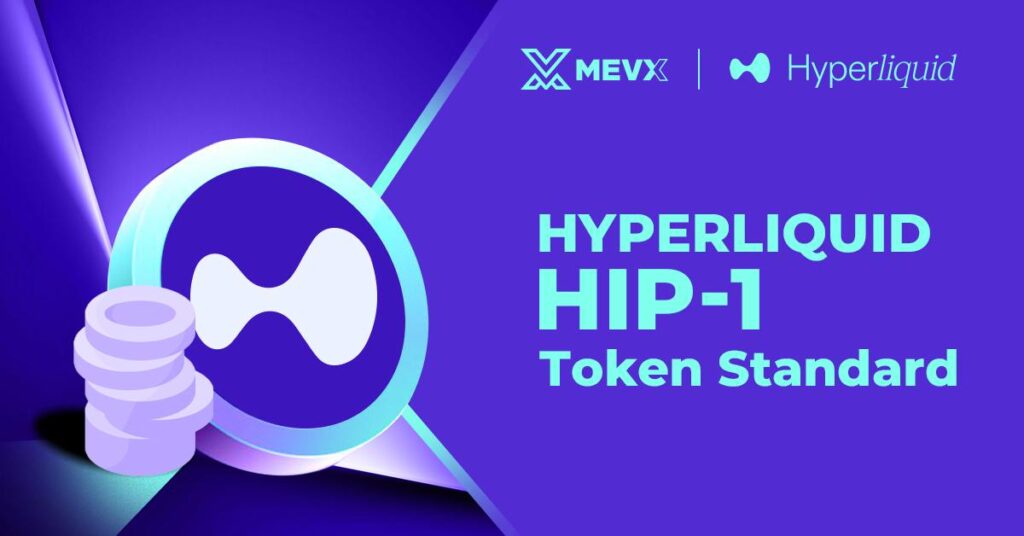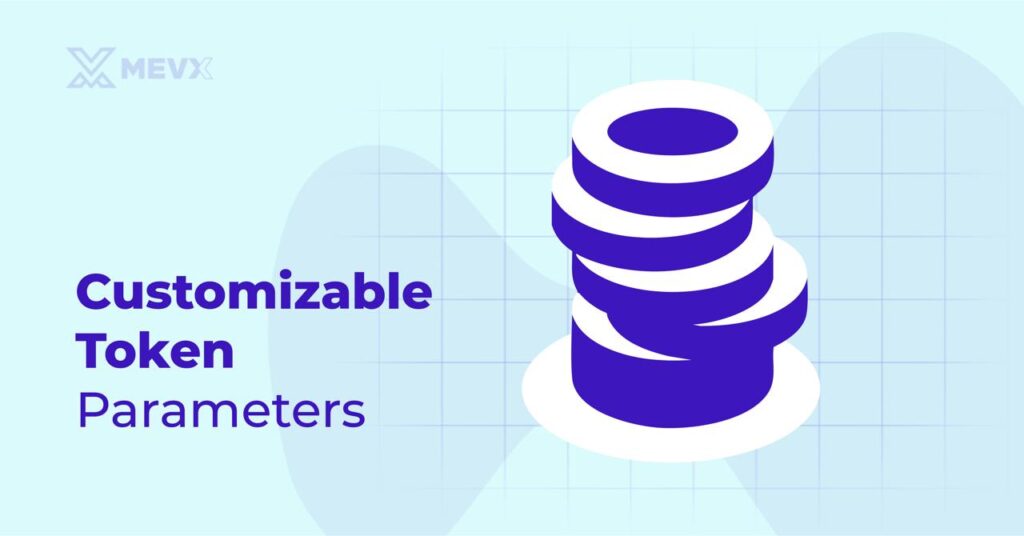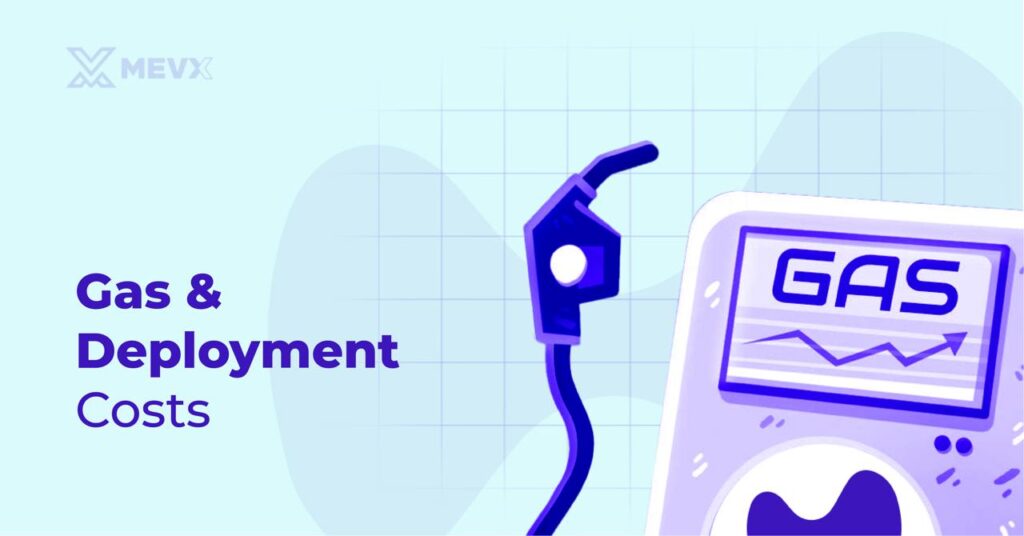Hyperliquid HIP-1 introduces a novel approach to fungible token creation by embedding trading functionality directly into tokens. By linking tokens to an on-chain spot order book, HIP-1 tokens are designed to function as advanced financial instruments.

Comparison to Existing Standards
- ERC-20 Tokens: Hyperliquid HIP-1 tokens extend beyond ERC-20 functionality by integrating trading mechanisms, eliminating reliance on external DEX platforms.
- SPL Tokens: Unlike SPL tokens, which depend on external liquidity pools, HIP-1 tokens ensure instant tradability and high-performance execution tailored for financial use cases.
Customizable Token Parameters

HIP-1 allows the developer to set a broad range of parameters. This allows specifying with considerable flexibility a wide array of aspects, including but not limited to token functionality, supply mechanisms, and user allocations, which makes the HIP-1 token versatile for use in financial and non-financial applications. The following are essential characteristics within the HIP-1 standard that can be customized:
1. Name & Decimals
- Name (6 characters max): Assign a concise symbol to your token.
- Full Name (Optional): Optionally, provide a longer, more descriptive name.
- Size Decimals: Determine minimum trade increments. For example, a setting of 0.1 restricts trades to increments like 1.0 or 1.1 tokens.
- Wei Decimals: Define the smallest indivisible unit (similar to “wei” for ETH), ensuring precision in transfers and balances.
2. Max Supply
- Tokens have a fixed initial supply that may decrease over time through trading fees or burns. Minting additional tokens is not allowed.
3. User Genesis Balances
At deployment, initial token balances can be distributed to specific addresses. For example:
- Early buyers participating via the “Hypurr Fun Bot.”
- Multisig treasury accounts.
- Initial bridge mints.
4. Anchor Token Genesis
Distribute initial balances to holders of another HIP-1 token (referred to as the “anchor token”) based on their proportional holdings. Requirements include:
- Holders must possess ≥0.0001% of the anchor token’s max supply.
- Balances are allocated proportionally, rewarding pre-existing communities.
Gas & Deployment Costs

Deployment via a 31-Hour Dutch Auction
HIP-1 token deployment incorporates a unique Dutch auction mechanism to determine gas costs in USDC.
How It Works:
- Initial Price:
- If no auction has been completed previously, the initial price is set at 10,000 USDC.
- If the previous auction succeeds, the new auction’s initial price doubles the last winning price.
- Price Decrease:
- Over 31 hours, the price decreases linearly to a minimum of 10,000 USDC.
- Formula: “price(t) = initial_price – ((initial_price – 10,000) * (t / 31h))” where “t” is the time elapsed in hours.
- Single Buyer per Auction Window:
- Only one buyer can secure the deployment slot in each 31-hour period. Upon purchase, the buyer reserves the right to deploy their token at any future time.
- Payment Transition:
- Currently, auction payments are in USDC but will eventually transition to Hyperliquid’s native token, HYPE.
Deployment Links:
- Mainnet: Hyperliquid Mainnet Deployment
- Testnet: Hyperliquid Testnet Deployment (Recommended for practice).
Future EVM Compatibility
When HyperEVM goes live, HIP-1 tokens will support linking to corresponding ERC-20 contracts, enabling interoperability and enhancing token utility beyond the native Hyperliquid environment.
Trading, Fees & Dusting Mechanism
Trading & Fees:
- HIP-1 tokens follow Hyperliquid’s standard trading fee schedule.
- Non-USDC trading fees currently result in token burns. Future updates may direct fees to liquidity providers or token stakers.
Dusting Mechanism:
- To address negligible token balances (“dust”), these amounts are periodically aggregated and either sold on the market or burned if too small. This mechanism ensures a cleaner ecosystem and tidier user accounts.
Conclusion
HIP-1 sets a new standard in tokens by integrating trading functionality directly into the core of the protocol, hence giving utility tokens a bridge to full-fledged financial instruments. It allows developers and users to practically implement this technology with more efficiency and transparency.
Read more about Hyperliquid at MevX Blog!
Share on Social Media:
